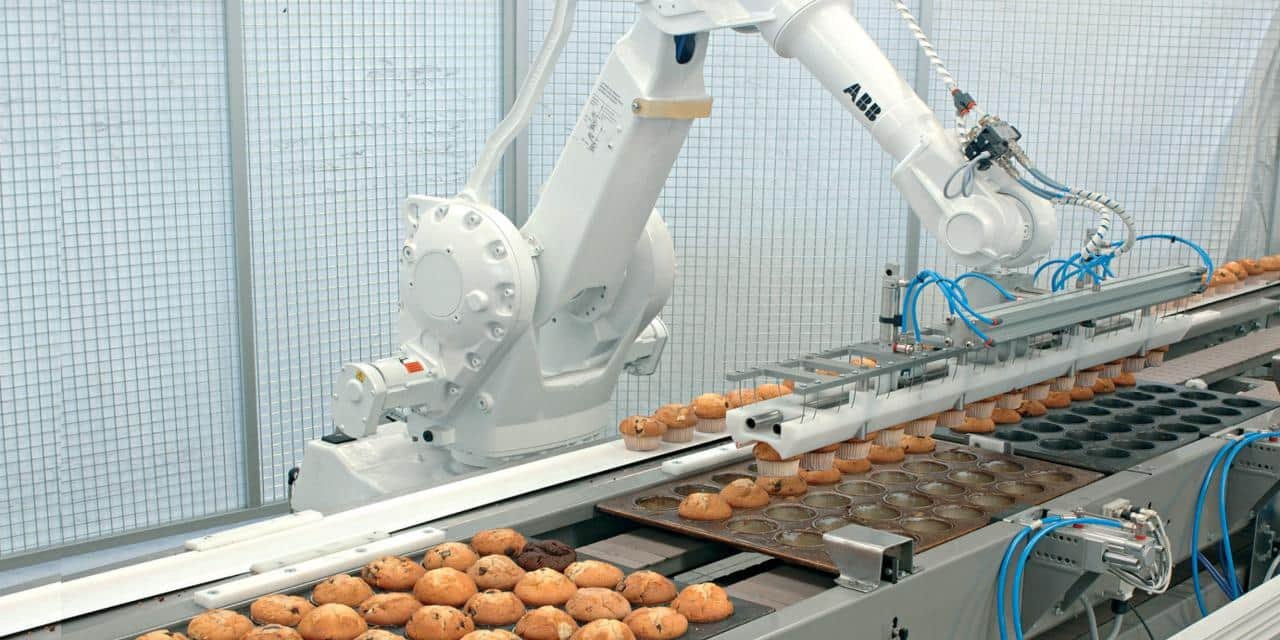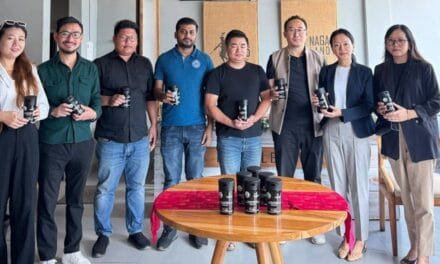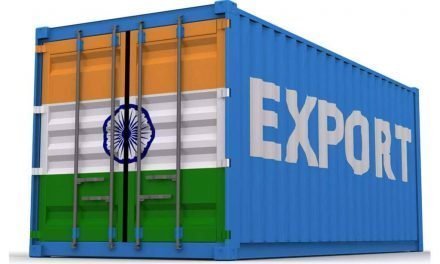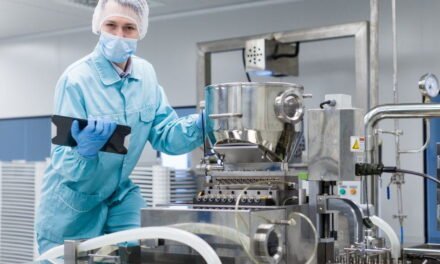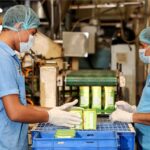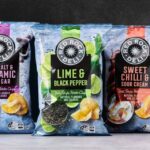Automation is transforming the global food manufacturing industry, driving a shift toward more innovative, safer, and more efficient production methods. Technologies such as robotic packaging lines and artificial intelligence systems are now being used to monitor quality and predict maintenance requirements. This shift is fundamentally changing how food is produced and delivered.
🧩 At PFI Online, we explore how innovations in AI, robotics, and IoT are reshaping the industry and setting new benchmarks for productivity and safety.

The Rise of Robotics in Food Manufacturing
Robotics has become indispensable in modern food processing facilities. Robots now perform complex tasks such as sorting, cutting, and packaging with precision and consistency, helping manufacturers reduce errors and improve hygiene. Automated material handling systems allow for seamless movement of goods through production lines while minimising contamination risks. Collaborative robots, or “cobots,” are increasingly used to assist human workers in repetitive or hazardous environments, enhancing workplace safety and operational efficiency.
🔬 To learn more about how robots are driving efficiency and precision, read How Robots in the Food Industry Can Improve Productivity and How Cobots Are Revamping the F&B Industry.
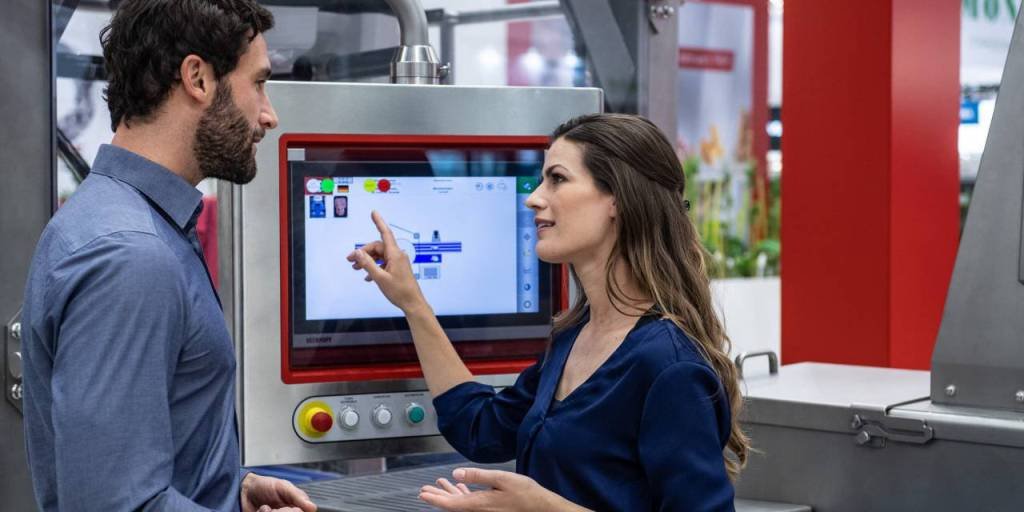
Artificial Intelligence: The Brain Behind Smart Manufacturing
Artificial intelligence (AI) is the analytical engine behind automation. By combining machine learning, computer vision, and predictive analytics, AI enables manufacturers to detect issues before they affect quality. Predictive quality control systems use image recognition and sensor data to identify product inconsistencies in real time. Automated process optimisation ensures that machinery runs at optimal settings without human intervention, while smart forecasting tools analyse production data to predict consumer demand and adjust output accordingly.
🏭 These innovations have been especially transformative in meat and protein processing, as discussed in Data-Driven Innovation Revolutionises Meat Processing and How Automation and AI Are Shaping the Future of Meat and Protein Processing.
| Also Read: Demystifying Industry Jargon: AI and Beyond
Predictive Maintenance: Reducing Downtime and Boosting ROI
Unplanned equipment downtime is one of the costliest challenges in food manufacturing. Predictive maintenance, enabled by IoT sensors and AI-driven analytics, allows manufacturers to anticipate mechanical failures before they occur. Sensors continuously monitor equipment vibration, temperature, and performance data, alerting operators when anomalies appear. This proactive approach minimises downtime, extends equipment lifespan, and reduces maintenance costs.
🍴 For an in-depth exploration of predictive maintenance strategies, see How to Reduce Downtime to Help Combat Manufacturing Costs.
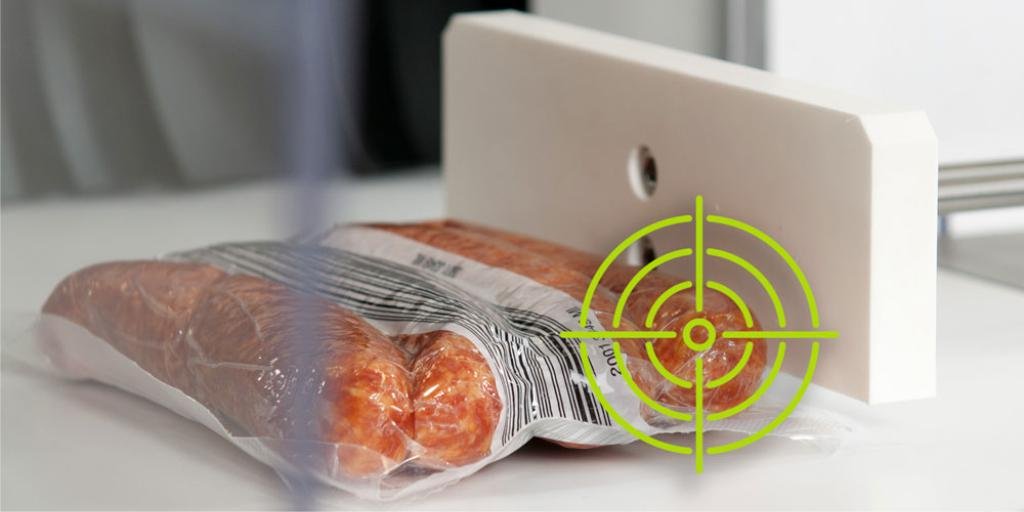
Food Safety and AI Detection Systems
Automation also plays a vital role in enhancing food safety. Machine vision systems equipped with high-speed cameras can detect foreign materials, texture anomalies, or contamination in seconds, something nearly impossible through manual inspection. AI-driven safety systems also monitor critical control points across production lines, ensuring consistent compliance with food safety regulations.
🧩 This technology has become central to maintaining product integrity, as highlighted in Foreign Object Detection in Food Manufacturing and Combustible Food Dust: A Hazard That Cannot Be Ignored.
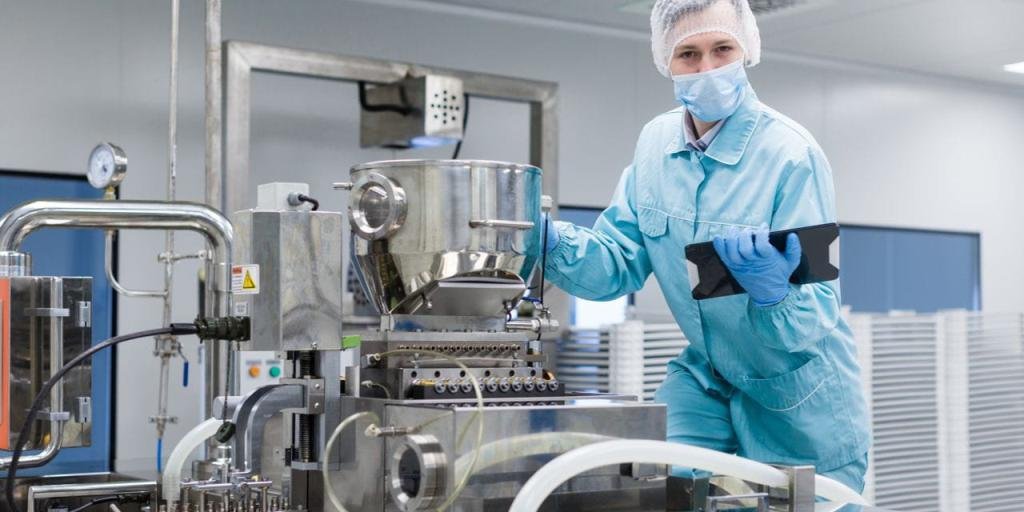
Smart Equipment and Packaging Automation
Automation extends beyond processing into equipment design and packaging. Smart food processing machines now use integrated sensors and IoT technologies to self-calibrate and optimise production in real time. In bakeries, automated dough handling and baking systems ensure consistent quality and reduce waste. Packaging automation systems streamline sorting, sealing, and labelling operations, improving hygiene and reducing manual labour. Digitalisation has further enhanced traceability through barcode and RFID technologies that provide real-time product tracking across the supply chain.
🏆 Learn more in Why Properly Designed Food Processing Machinery Is Crucial, An Introduction to Bakery Machinery, Role and Growth of Packaging in the Food Industry, and Significance of Barcode in Food Packaging.
Automation Beyond the Factory Floor
Automation is not confined to production lines, it’s transforming the entire supply chain. Smart warehousing systems use automated retrieval technologies to reduce handling time and improve inventory accuracy. In logistics, AI-driven software optimises delivery routes and warehouse layouts to reduce costs and emissions. Automation is even reshaping marketing, where AI helps ensure compliance with advertising standards and enhances campaign targeting accuracy.
🔬 For insights on automation in distribution and marketing, read How FMCG Power Brands Conquer India’s Complex Retail Network and Food Advertising Regulations.

The Future of Food Manufacturing Automation
The future of food manufacturing lies in fully interconnected smart factories. Collaborative robots will become more adaptive, working safely alongside humans. Cloud-based monitoring will give managers real-time access to performance metrics, enabling quicker decisions and continuous optimisation. Blockchain will enhance traceability from farm to fork, while digital twin technologies will simulate entire production lines to improve efficiency and reduce waste.
📘 These technologies and others are discussed in Top 10 Technologies Transforming Food Processing.
🏭 Conclusion
Automation in food manufacturing is no longer optional; it’s essential for efficiency, safety, and competitiveness. AI and robotics empower food producers to maintain consistency, meet global safety standards, and respond to consumer demand with agility. As manufacturers continue to adopt innovative technologies, the food industry moves closer to a future defined by innovation, transparency, and sustainability. At PFI Online, we’re committed to covering these advancements and guiding the industry toward a more intelligent and resilient manufacturing landscape.
| Also Read: Sustainable Food & Packaging: Building a Greener Future
| Also Read: Significance of Barcode in Food Packaging
Automation in Food Manufacturing: FAQs
Automation in food manufacturing is used to streamline production processes, enhance product quality, and ensure safety. It includes robotics for packaging and processing, AI systems for quality control, and IoT sensors for predictive maintenance and traceability.
AI improves efficiency and accuracy by analysing data in real time to optimise operations, detect contamination, and predict equipment maintenance needs. It also supports better decision-making and resource management throughout the manufacturing process.
Robotics reduces human contact with food products, minimising contamination risks. Machine vision and automated inspection systems can detect foreign objects or defects, ensuring consistent compliance with food safety standards.
The future involves greater integration of collaborative robots, AI-driven analytics, and digital twins to create smart factories. Blockchain and cloud technologies will enhance transparency, traceability, and efficiency across the entire food supply chain.
Have a news or topic to share with industry? Write to us editorial@pfionline.com

